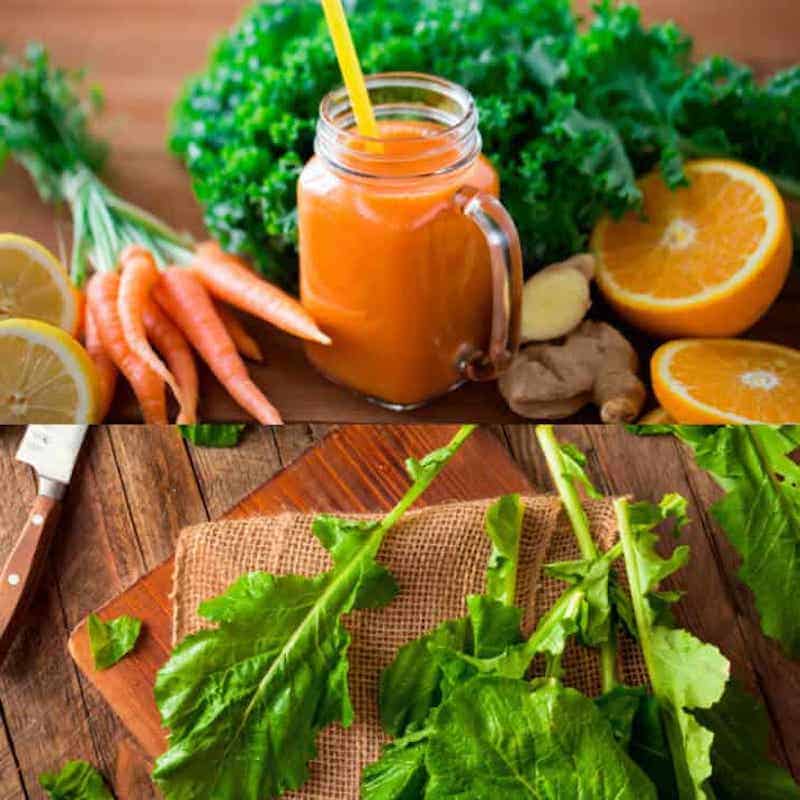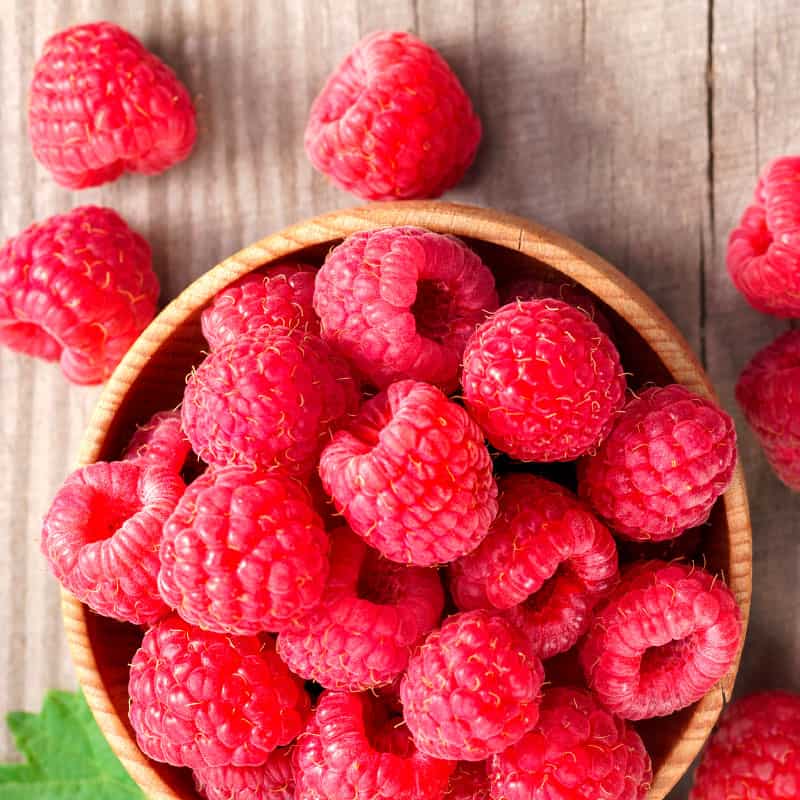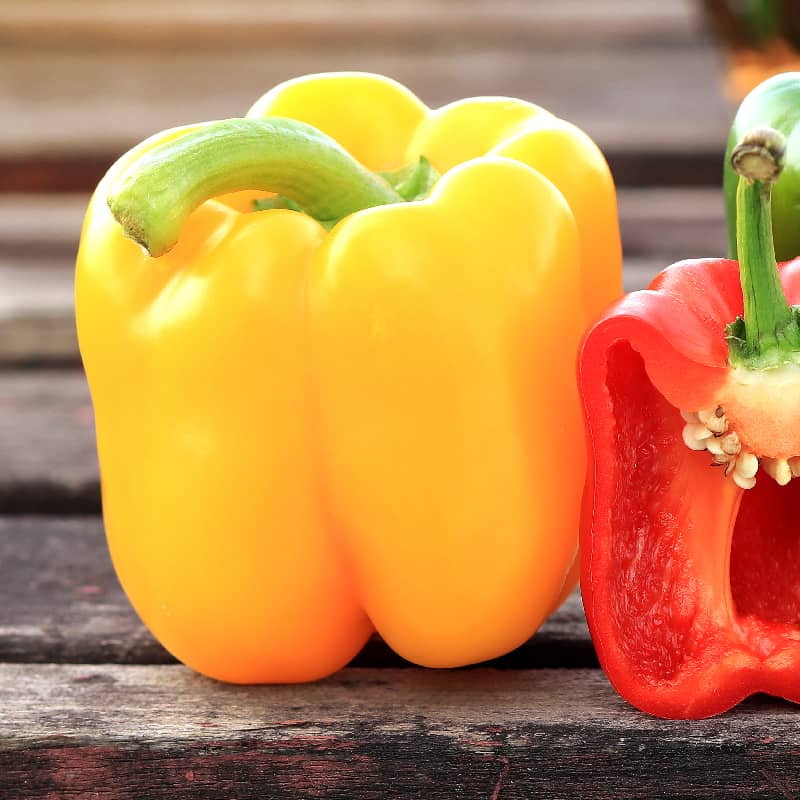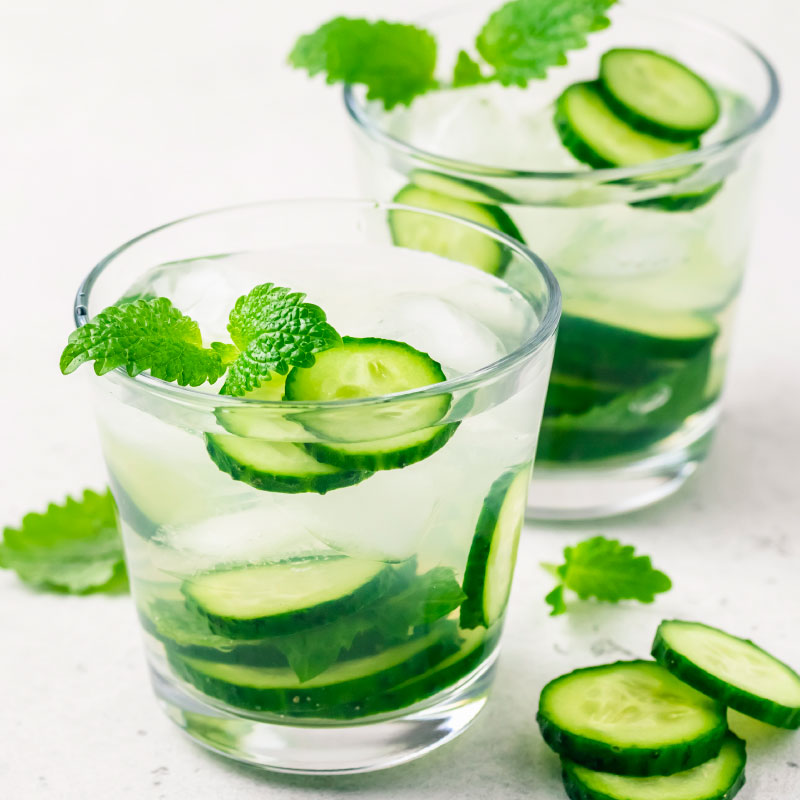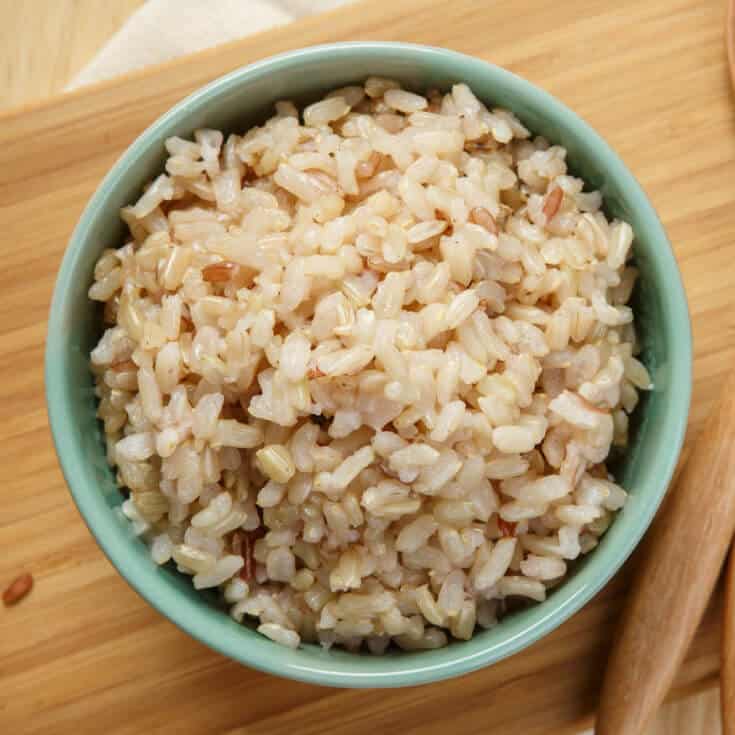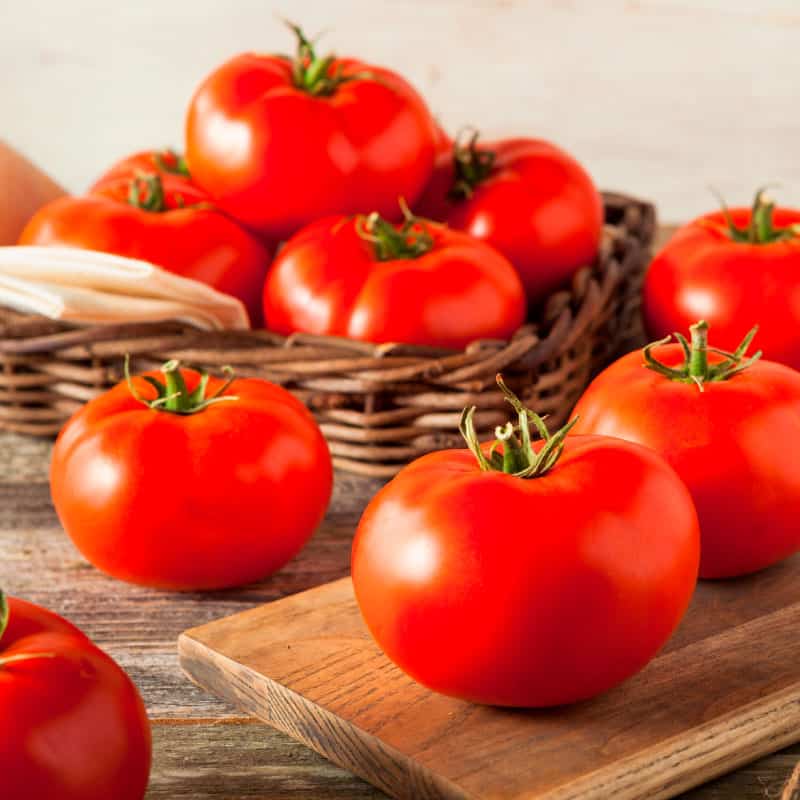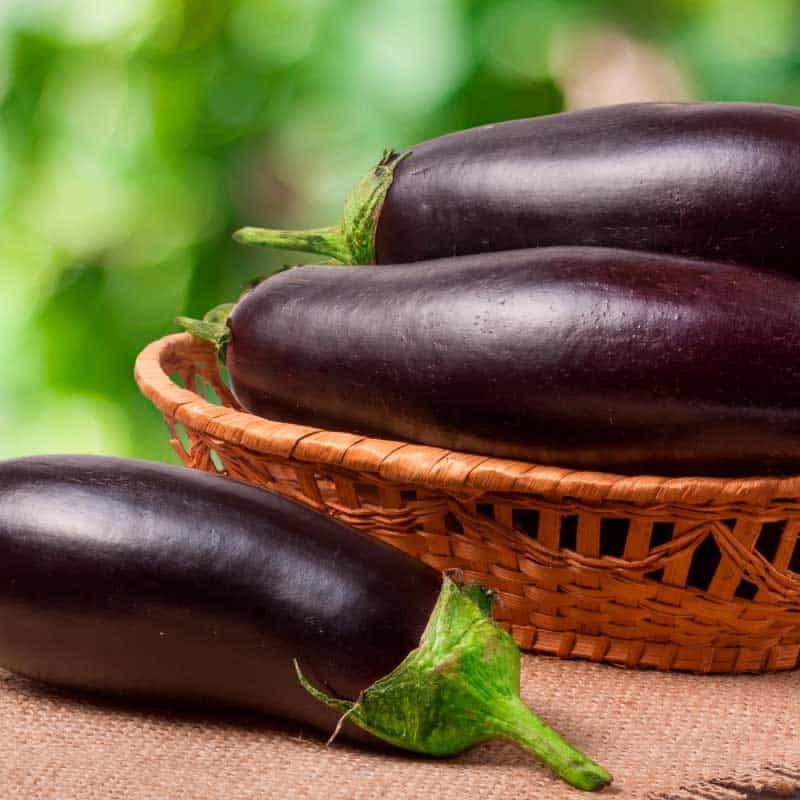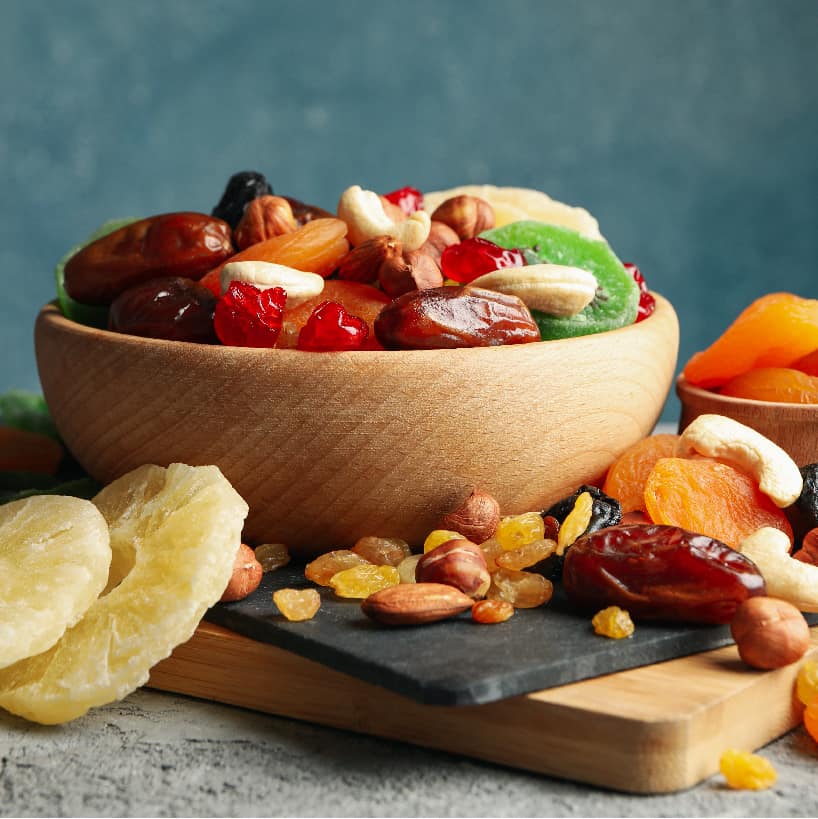This Dr. Axe content is medically reviewed or fact checked to ensure factually accurate information.
With strict editorial sourcing guidelines, we only link to academic research institutions, reputable media sites and, when research is available, medically peer-reviewed studies. Note that the numbers in parentheses (1, 2, etc.) are clickable links to these studies.
The information in our articles is NOT intended to replace a one-on-one relationship with a qualified health care professional and is not intended as medical advice.
This article is based on scientific evidence, written by experts and fact checked by our trained editorial staff. Note that the numbers in parentheses (1, 2, etc.) are clickable links to medically peer-reviewed studies.
Our team includes licensed nutritionists and dietitians, certified health education specialists, as well as certified strength and conditioning specialists, personal trainers and corrective exercise specialists. Our team aims to be not only thorough with its research, but also objective and unbiased.
The information in our articles is NOT intended to replace a one-on-one relationship with a qualified health care professional and is not intended as medical advice.
How to Make a Smoothie: Ultimate Guide to Healthy, Delicious Blends
July 3, 2025
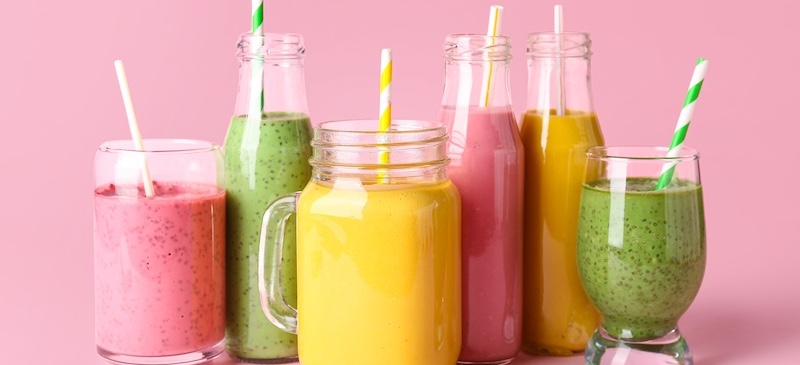
Smoothies are one of the easiest and most versatile ways to fuel your body with nutrients. Whether you’re making a quick breakfast, post-workout recovery drink or satisfying snack, knowing how to make a smoothie the right way can take your blend from average to exceptional.
This guide will walk you through everything you need, from the best ingredients to the ones to skip, so your smoothie is smooth, nutritious and bursting with flavor. So keep reading to learn how to make a smoothie that works for you!
How to make a smoothie with the best texture
The perfect smoothie has a silky, creamy texture, never too runny or too thick. Here’s a basic formula to follow, though adjust as needed based on your preferences and your specific ingredients:
- Base (1 cup): Choose a liquid like milk, water, almond milk, coconut water or natural juice.
- Fruit (1-1½ cups): Fresh or frozen for flavor and fiber, plus natural sweetness and cold creaminess.
- Vegetables (½-1 cup): Leafy greens or mild-tasting veggies, such as cauliflower.
- Protein (1 scoop or ½ cup): Powder, yogurt or nut butter for satiety and muscle support.
- Healthy fat (1-2 tablespoons): Seeds, avocado or nut butters for creaminess and sustained energy.
- Extras (optional): Spices, superfoods, adaptogens, supplements or ice.
Blend your greens and liquid first for a smoother consistency, and then add fruits and other ingredients gradually.
Pro tips:
- Always add liquid first to prevent clumping and ease blending.
- Use frozen fruits and veggies instead of ice for better texture and more nutrition.
- Blend greens and liquid first if you’re using fibrous vegetables like kale.
Healthiest protein smoothie ingredients
Adding protein to your smoothie helps build muscle, support muscle recovery, balance blood sugar and keep you full longer. Some top protein-rich additions include:
- Greek yogurt: Add thickness, high in protein and provides probiotics for gut health.
- Whey or plant-based protein powder: Rich in essential amino acids, supports muscle recovery.
- Nut butters (almond, peanut, cashew): Provide protein and healthy fats.
- Fermented tofu: A dairy-free, protein-rich option with a creamy texture.
- Hemp seeds: Contain all essential amino acids and omega-3s, plus easy to digest.
- Collagen powder: Supports skin, joints and gut health.
- Cooked lentils: Unconventional but rich in protein and fiber.
- Unsweetened plant-based milks: Soy or almond milk both contribute a small protein boost while keeping it dairy-free.
Pro tip: Collagen blends easily with hot or cold liquids and pairs well with creamy bases like banana or coconut milk.
Top superfoods to add to smoothies
Superfoods elevate your smoothie’s nutritional value. Try these favorites:
- Chia seeds: High in omega-3s, fiber and antioxidants.
- Spirulina: A protein-rich algae loaded with iron and B vitamins.
- Maca root powder: Supports energy, mood and hormone balance.
- Cacao nibs or powder: Antioxidant-rich and great for heart health.
- Goji berries: Provide vitamin A and immune-boosting compounds.
- Camu camu: Extremely high in vitamin C.
- Ashwagandha: An adaptogen that helps reduce stress.
- Colostrum: Provides immune-supporting antibodies and growth factors.
- Noni fruit: Traditionally used for immune health and vitality.
- Acai: Rich in antioxidants and supports heart health.
- Matcha powder: Enhances energy and focus with L-theanine and caffeine.
Superfood powders like fermented turmeric, matcha and spirulina can be added for immune, energy and antioxidant support. Many of these come in blends, such as multi-collagen or greens powders.
Look for high-quality blends that combine several superfoods to simplify your routine.
Best smoothie liquids
The liquid you choose sets the tone for texture and taste. The right one helps everything blend smoothly and adds nutrients. Top picks include:
- Unsweetened almond milk: Low in calories and adds creaminess.
- Coconut water or coconut milk: Rich in electrolytes for hydration and medium-chain fats.
- Oat milk: Creamy and rich in beta-glucan fiber.
- Green tea: Boosts metabolism and antioxidants.
- Filtered water: A neutral base that blends cleanly.
- Herbal teas: Add antioxidants and flavor without sugar.
- Bone broth: Blended with water as your base for a nutrient-dense, savory or neutral smoothie base.
- Milk: Adds protein, calcium and creaminess.
- Kefir: Fermented and packed with probiotics for gut health.
Bone broth concentrate blended with water is a savory, protein-rich alternative to typical smoothie liquids.
Top smoothie fruits
Fruits add natural sweetness, vitamins and antioxidants. Some of the best include:
- Bananas: Provide potassium and creaminess.
- Berries (blueberries, strawberries, raspberries, blackberries): High in antioxidant polyphenols and low in sugar.
- Pineapple: Aids digestion with natural enzymes.
- Mango: Adds tropical flavor and vitamin C.
- Apples or pears: Add soluble fiber and natural sweetness.
- Peaches and nectarines: Juicy, fragrant and rich in vitamin C.
- Apricots: High in vitamin A and antioxidants.
- Plums: Support digestion and blood sugar regulation.
- Cherries: Anti-inflammatory and rich in melatonin.
- Medjool dates: Natural sweetener rich in potassium and fiber.
Choose organic fruits when possible to avoid pesticide residues and boost nutrient content.
Best smoothie vegetables
Veggies bring fiber, minerals and a nutrient boost. They also help balance fruit sugars. Use:
- Spinach: Mild taste and high in iron, folate and magnesium.
- Kale: Nutrient-dense and loaded with vitamins A, C and K.
- Cauliflower: Adds creaminess and fiber with almost no flavor.
- Zucchini: Low-calorie, hydrating and mild tasting.
- Carrots: Rich in beta-carotene and subtle sweetness.
- Beets: Rich in nitrates for circulation and energy.
- Arugula: Peppery flavor and full of phytonutrients.
- Peeled cucumber: Refreshing, hydrating and easy on digestion.
- Pumpkin purée: Rich in fiber and beta-carotene.
- Frozen cauliflower rice: A convenient, neutral vegetable base.
Adding veggies helps reduce the overall sugar load of your smoothie while boosting nutrient density, especially if you add stronger sweeteners or fruit.
Healthiest fiber smoothie ingredients
Fiber supports digestion, satiety and blood sugar balance. Great sources include:
- Ground flaxseeds: Rich in lignans and omega-3s.
- Psyllium husk: Helps with digestive regularity.
- Rolled oats: Boosts fiber and gives a hearty texture.
- Chia seeds: Expand in liquid for a satisfying, gel-like effect.
- Avocado: Adds soluble fiber, healthy fats and creaminess.
- Fiber powders: An easy way to supplement fiber intake in precise doses. Try konjac root or acacia fiber.
Fiber-rich smoothies can also support detoxification, as fiber helps move toxins out of the body through the digestive tract.
Healthy fats to add to smoothies
Healthy fats help with nutrient absorption, particularly fat-soluble vitamins, and keep you full. Try:
- Avocado: Creamy and rich in heart-healthy monounsaturated fats.
- Coconut oil or MCT oil: Quick energy and brain support.
- Nuts and nut butters (almond, cashew, peanut): Satiety-promoting and rich in vitamin E.
- Flaxseed or chia seeds: Provide both fat and fiber.
- Tahini: A sesame seed paste rich in calcium and iron.
- Hemp seeds: Rich in essential fatty acids and protein.
- Raw cashews: Add smoothness and magnesium.
- Coconut milk: Creamy, satisfying and rich in medium-chain triglycerides.
Top spices and flavors for smoothies
Spices enhance flavor and bring unique health perks. Add:
- Cinnamon: Helps regulate blood sugar and adds warmth and sweetness.
- Ginger: Aids digestion, eases nausea and fights inflammation.
- Turmeric (with black pepper): Anti-inflammatory and antioxidant-rich.
- Vanilla extract: Enhances sweetness without sugar.
- Mint leaves: Refreshing and soothes digestion.
- Nutmeg: Warm spice with antioxidant and calming properties.
Use spice-based powders, such as fermented turmeric or cinnamon, for more bioavailable nutrients and added gut-friendly compounds.
Worst smoothie ingredients to avoid
Some smoothie additions can sabotage your health goals. Skip these:
- Fruit juice: High in sugar and low in fiber.
- Flavored yogurts: Often contain added sugars.
- Artificial sweeteners: May disrupt gut health and appetite cues.
- Ice cream, sorbet or frozen yogurt: Adds excess sugar, calories and poor-quality fat.
- Syrups or chocolate sauce: Contribute empty calories.
- Granola or sugary cereal: Spikes blood sugar quickly.
- Highly processed protein powder: May include additives, artificial flavors and fillers.
- Canned fruit in syrup: Packed with added sugar and often low in nutrients.
- Chocolate milk: High in added sugars and not ideal for a nutrient-focused smoothie.
Even so-called “health foods” like protein bars or high-sugar granola blends can turn your smoothie into a dessert rather than a meal.
Smoothie recipes
Now that you know how to make a smoothie, here are some great smoothie recipes to try:
- Kale Shake
- Hydrating Watermelon Smoothie with Strawberries and Banana
- Gut-Healing Smoothie
- Mango Lime Smoothie
- Detox Smoothie
- Omega Blueberry Smoothie
- Refreshing Pineapple Smoothie with Cilantro
- Keto Smoothie with Avocado, Chia Seeds & Cacao
- Healthy, Delicious Strawberry Banana Smoothie
- Strawberry Kiwi Smoothie
- The Green Beastie Smoothie
- Raspberry Smoothie
If you’re wondering how to make a smoothie full of protein, try these protein shake recipes. As for those wondering how to make a smoothie full of greens, take a look at these green smoothie recipes.
Conclusion
- Learning how to make a smoothie goes beyond blending fruit and ice. The right combination of protein, fiber, healthy fats, superfoods and spices can transform your smoothie into a satisfying, nutrient-dense powerhouse.
- Knowing how to make a smoothie is about more than blending ingredients. It’s about creating a balanced, nutrient-dense drink that supports your health goals.
- Use the right combination of protein, fiber, superfoods and healthy fats, and avoid common sugar traps.
- With a few tweaks and some inspiration from whole-food superfoods and ancient practices, your smoothie can become a daily ritual for wellness, energy and satisfaction.
- Use this guide as your blueprint for creating smoothies that taste great and support your health goals every time.



